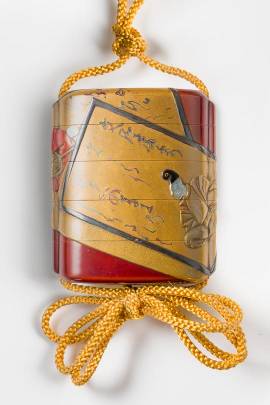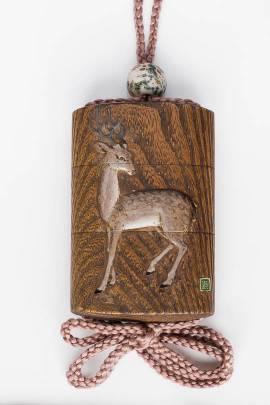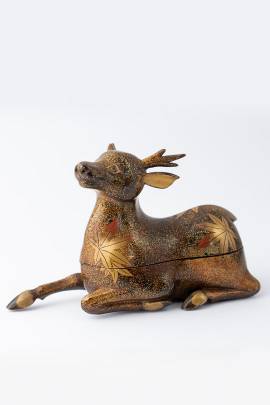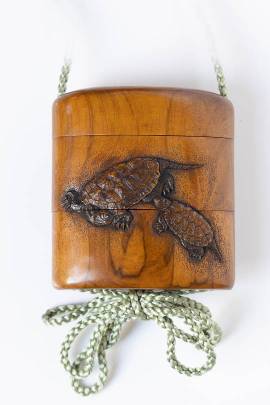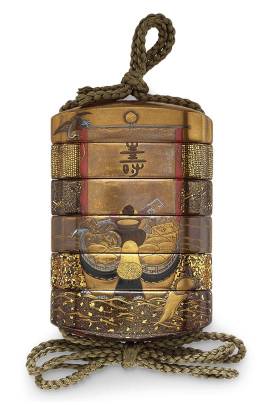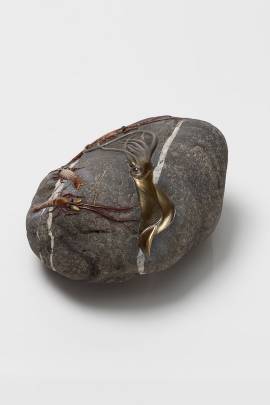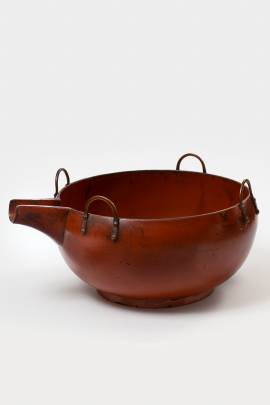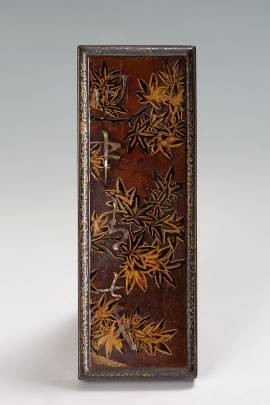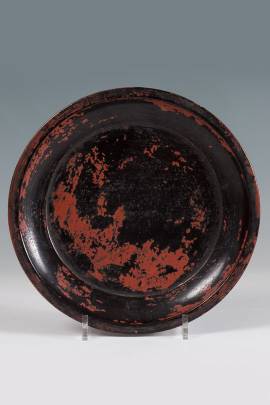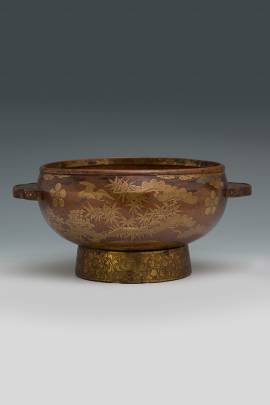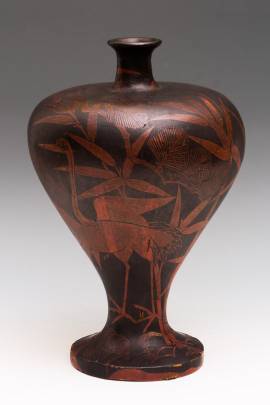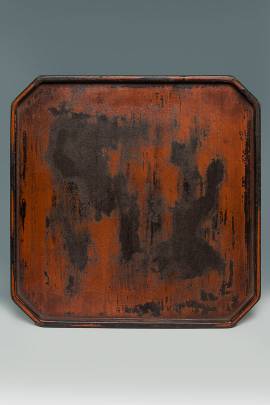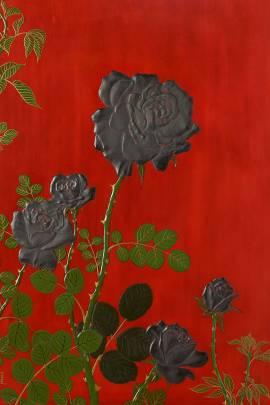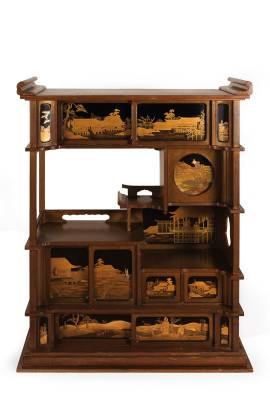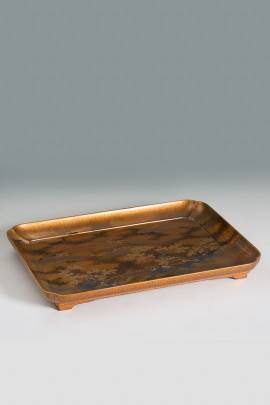Japanese Lacquers
Are you looking for Antique Japanese lacquer?
The earliest known antique Japanese lacquers date back to 7,000 b.C., although it isn't yet clear whether these relics originated in China or in Japan. The commonly-accepted theory maintains that, from China, lacquer technology was introduced to Korea and from there to Japan. It is believed that lacquer was used during antiquity in Japan as well, but that the systematic application process was in fact developed by the Chinese. Nevertheless, following the discovery in Japan of lacquerware dating from the Jomon period, which runs from about 10,000 to 300 b.C., alternative theories emerged suggesting the technology may have also been developed independently in Japan.
In Europe, the first antique Japanese lacquers arrived at the start of the 17th century, imported by the Portuguese and the Dutch. They were mostly musical instruments and furniture, which instantly became fashionable due to their glossy coatings and refined decorations, far superiors in quality to their European counterparts.
The most valuable antique Japanese lacquers are the ones known as urushi, crafted with a technique which was already employed in Japan in prehistoric times, around 5,000 b.C. (when a number of lacquered items such as combs and trays where found in the Shimahama Tomb in Fukui Prefecture), but which only really flourished under influences from the mainland starting in the 6th century a.D. By the 9th century, however, the style had become unmistakably Japanese, and had come to include several new local techniques.
Urushi is the sap extracted from the eponymous tree, which, due to its adhesive properties, had initially been utilized in the manufacturing of hunting and military weapons. In time other features were discovered, revealing how all objects treated with the resin became not only resistant, but also sturdier and waterproof. Therefore urushi stopped being used only as a protection or decorative coating for existing objects such as chairs or suits of armor, but also to manufacture new objects, like containers and statues, with a support of different materials like wood or clay.
Since the 8th century, skilled master craftsmen have been producing exquisite works with these fabulous antique Japanese lacquers, introducing, over the centuries, many innovative and highly original techniques. In Japan, the use of lacquer wasn't limited to home furnishings and ornaments (oku-dōgu) or to ceremonial items (omote-dōgu), but extended also to religious objects and military equipment.
During the Edo Period (1603-1868) this art reached its maximum expressions, with the lacquering of a vast range of materials (precious metals in leaf or powder, white and iridescent mother of pearl, ivory, turtle, ceramic, even eggshells and the skin of certain fish), which would be coated, protected and decorated with urushi.
Copyright © 2016 - giuseppe piva - VAT: 05104180962


